Tariff Revenues and DOGE Savings: A Path to Fiscal Responsibility
Big news: the Trump administration has imposed tariffs on a substantial portion of U.S. imports, signaling a shift in trade policy. Meanwhile, the newly established Department of Government Efficiency (DOGE), led by none other than Elon Musk, promises to tackle government inefficiency and waste. These developments bring the potential for financial gains, but the question remains—how should these benefits be used? This post makes the case for applying tariff revenues and DOGE savings to reduce the federal deficit rather than funding corporate tax cuts.
Revenues Earned: The Tariff Trade-Off
At their best, tariffs could generate as much as 25% of $3.3 trillion in taxed imports—roughly $660 billion. On paper, this sounds like a windfall, but there’s a catch: tariffs aren’t a free lunch. U.S. companies importing goods pay these taxes and, predictably, pass the costs on to consumers. The result? Higher prices for everyday goods, from electronics to groceries. While tariffs may boost revenue, the financial burden often falls squarely on the American people.
DOGE Savings: A Reality Check
DOGE, Musk’s brainchild, ambitiously aims to slash $1 trillion from federal spending within a year. This lofty goal raises eyebrows, especially given that federal salaries make up only 5% of the budget, while 95% is tied to programs and contracts. The work of Inspector Generals (IGs)—17 of whom were dismissed before DOGE began—might have illuminated areas of waste and fraud more effectively than a slash-and-burn approach.
As of March 30, DOGE claims to have saved $140 billion, but only 30% of these savings are backed by documentation of canceled contracts, grants, or leases. Independent analysts peg verifiable savings at closer to $7.7 billion, much of it from personnel cuts. These numbers reveal a critical flaw in DOGE’s approach: the cuts target public workers, leaving the broader inefficiencies of mandated spending and corporate contracts untouched.
The Hidden Costs of Cuts
While personnel cuts may yield short-term savings, they come with significant long-term costs. Consider the following:
- Public Health Risks: Reductions in FDA and USDA food safety programs mean fewer inspections of meat, poultry, and produce. The risk of contaminated food reaching consumers rises, leading to potential outbreaks of E. coli or salmonella.
- Health and Research Setbacks: Cuts to NIH and CDC funding slow critical medical research, from cancer treatments to vaccine development, and weaken our ability to respond to emerging health threats.
- Consumer Protections Weakened: Staff reductions at the Consumer Financial Protection Bureau (CFPB) and Federal Trade Commission (FTC) make it harder to combat scams, fraud, and deceptive practices, leaving consumers vulnerable.
- Environmental Consequences: Fewer EPA inspections and weaker industrial emission regulations could lead to higher rates of respiratory illness, particularly in urban areas.
The common thread? These cuts may save money now but create long-term costs—in public health crises, financial instability, and environmental damage. DOGE’s focus on short-term gains sacrifices meaningful reform and erodes public trust in government services.
The Use of the Benefits
So, what should be done with the financial benefits of tariffs and DOGE savings? The logical and fiscally responsible choice is to apply these funds to reducing the federal deficit. Here’s why:
- Reduce Interest Payments: Lowering the deficit decreases interest payments on government debt, easing the burden on taxpayers.
- Long-Term Economic Stability: A reduced deficit contributes to financial stability and positions the government for sustainable growth.
- Avoid Inequity: Redirecting these funds toward extending corporate tax cuts would exacerbate wealth inequality, benefiting corporations and billionaires at the expense of the majority.
The 2017 Tax Cut Extension: A Misguided Priority
The White House and congressional Republicans are advocating for an extension of the 2017 corporate tax cuts, which would cost the government $450 billion annually or $4.5 trillion over a decade. History (The Lane Between Wall Street and Main Street) shows that these tax cuts disproportionately benefit financial markets rather than workers. In the first year of the cuts, Wall Street retained $91 billion of the $100 billion in corporate tax relief, using it for stock buybacks, dividends, and bonuses. Only $9 billion was reinvested in businesses. This clear trend underscores how corporate tax reductions concentrate wealth without spurring broad economic growth.
Choose People Over Corporations

The benefits of tariff revenues and DOGE savings should not be funneled into extending tax cuts for corporations and the wealthiest Americans. Instead, they should be used to reduce the annual deficit, ensuring long-term benefits for the entire nation. A smaller deficit means lower interest rates and reduced financial pressure on families. Policymakers must prioritize fiscal policies that serve the majority, not a select few.
Our government exists to serve the people. Let’s make fiscal responsibility a reality by choosing deficit reduction over corporate tax cuts. It’s a decision that benefits everyone—today and for generations to come.
Additional Information
The Lane Between Wall Street and Main Street
Tariffs and Stagflation

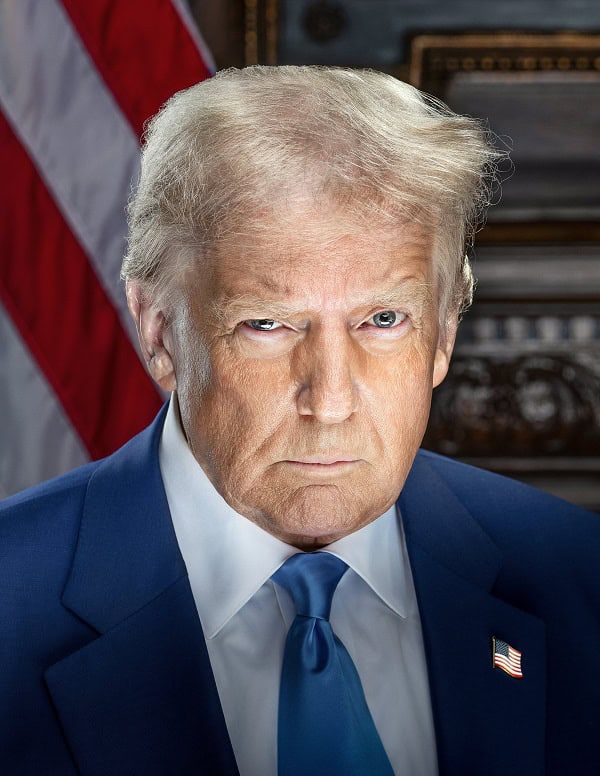
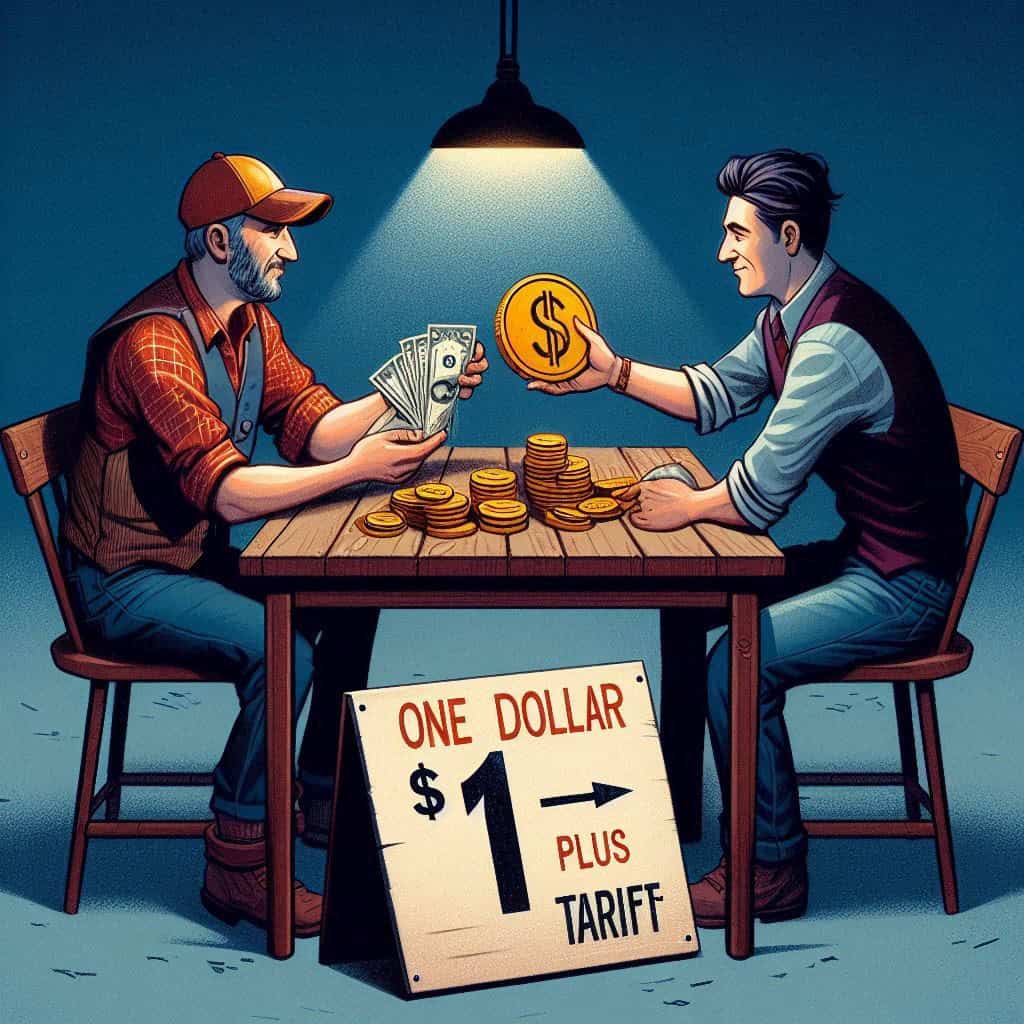

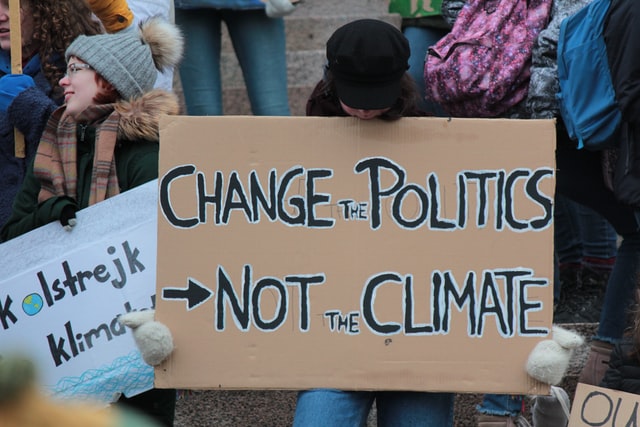

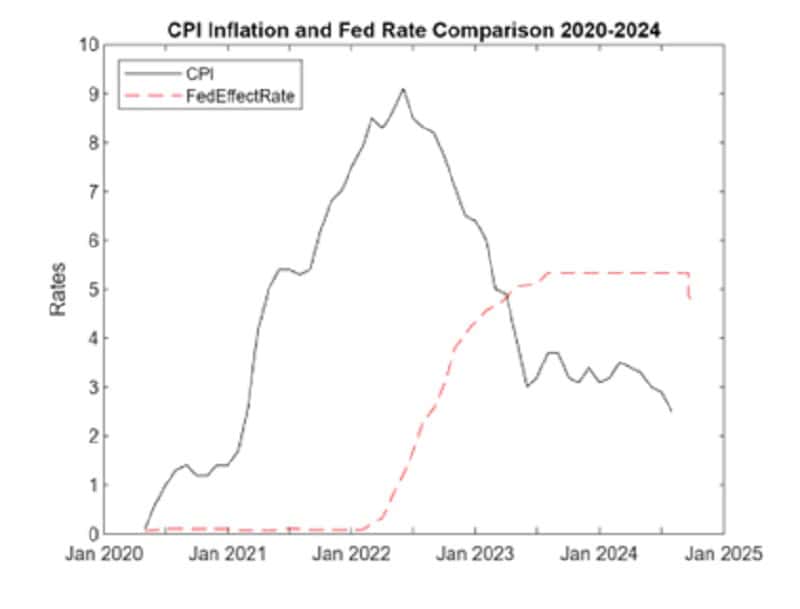
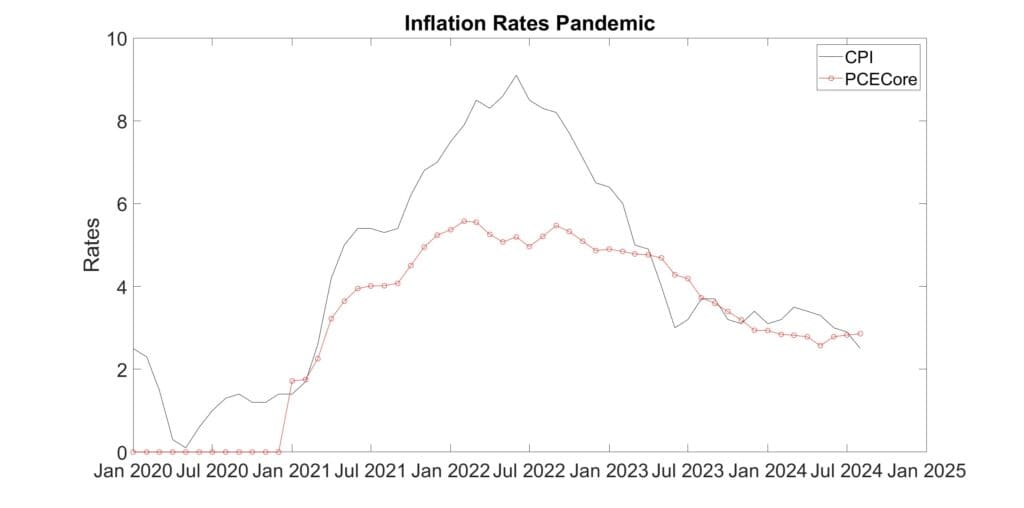
I don’t like the tariff and DOGE actions, but they are happening. So, let’s use their results in the best way possible.
What do you think?